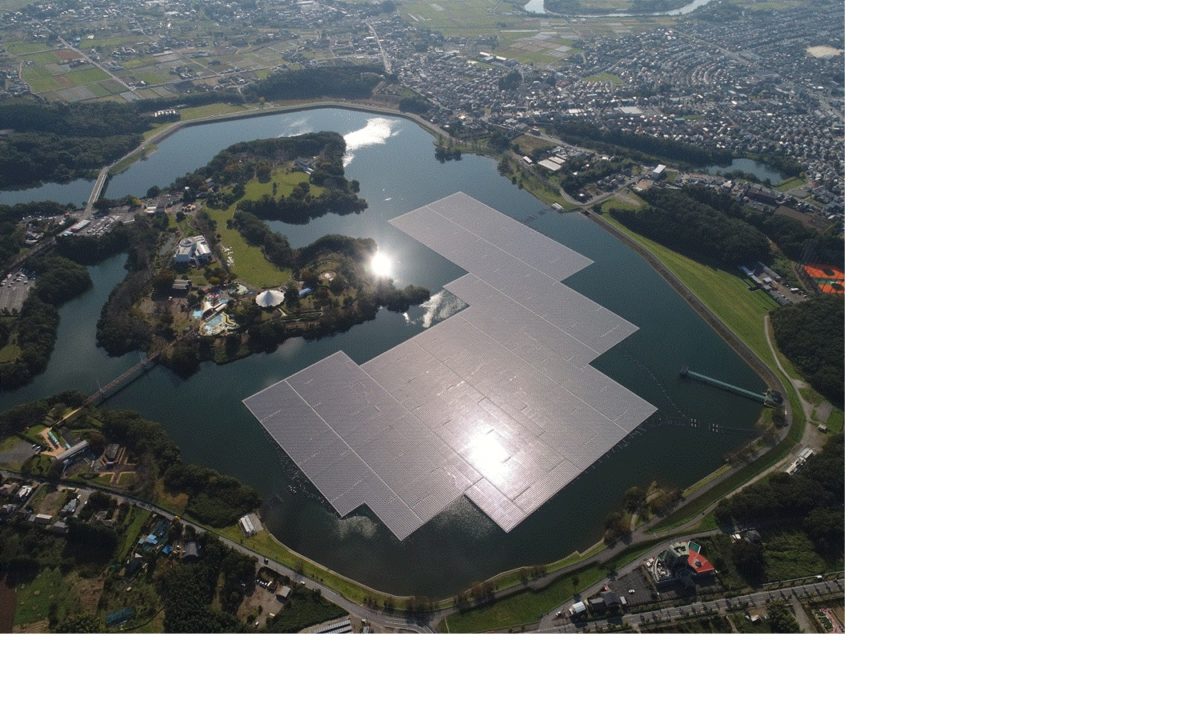The Energy Minister of the Belgian region of Flanders, Bart Tommelein, has announced the Flemish government will support floating PV projects being developed by domestic company Floating PV NV with €2 million.
“As a government we support new technologies until they are ready for the market. We expect a higher efficiency from floating solar panels, as these are able to rotate with the sun, and because they can take advantage of the bifacial solar module technology,” Tommelein said.
Floating PV NV is planning to build a solar array on five hectares of a lake created by sand extraction, and that is owned by Belgian raw material provider Sibelco in Dessel, Antwerp province. The system will rely on solar tracker, bifacial modules and an active cooling system, Mr. Tommelein added. The investment of the Flemish government will cover around 25% of the total required for the projects.
“This project with floating solar panels combines a number of innovations that we would like to see tested,” said the minister.
Floating PV could take Belgian solar up a gear
Mr. Tommelein launched a €6m program to support pilot floating PV projects in April.
Popular content
At the time, the minister said the first projects would be developed on lakes or ponds that are not used for other purposes, such as artificial lakes created by sand extraction. “We are going to place solar modules where there is just water, not on natural reserves or water surfaces that offer recreational opportunities,” Mr. Tommelein said.
In mid February, the Belgian Secretary of State for Social Fraud, Privacy and the North Sea, Philippe De Backer, announced a government plan to invest in offshore floating PV.
Flanders hosts 73% of Belgium’s installed PV capacity, the vast majority of which is represented by residential PV systems up to 10 kW in size. For this reason, Mr. Tommelein is seeking to open the market to larger projects.
The minister is also planning to bring the region’s installed cumulative PV capacity up to 6.7 GW by 2030, which would require at least another 4.2 GW in that time.
This content is protected by copyright and may not be reused. If you want to cooperate with us and would like to reuse some of our content, please contact: editors@pv-magazine.com.



By submitting this form you agree to pv magazine using your data for the purposes of publishing your comment.
Your personal data will only be disclosed or otherwise transmitted to third parties for the purposes of spam filtering or if this is necessary for technical maintenance of the website. Any other transfer to third parties will not take place unless this is justified on the basis of applicable data protection regulations or if pv magazine is legally obliged to do so.
You may revoke this consent at any time with effect for the future, in which case your personal data will be deleted immediately. Otherwise, your data will be deleted if pv magazine has processed your request or the purpose of data storage is fulfilled.
Further information on data privacy can be found in our Data Protection Policy.